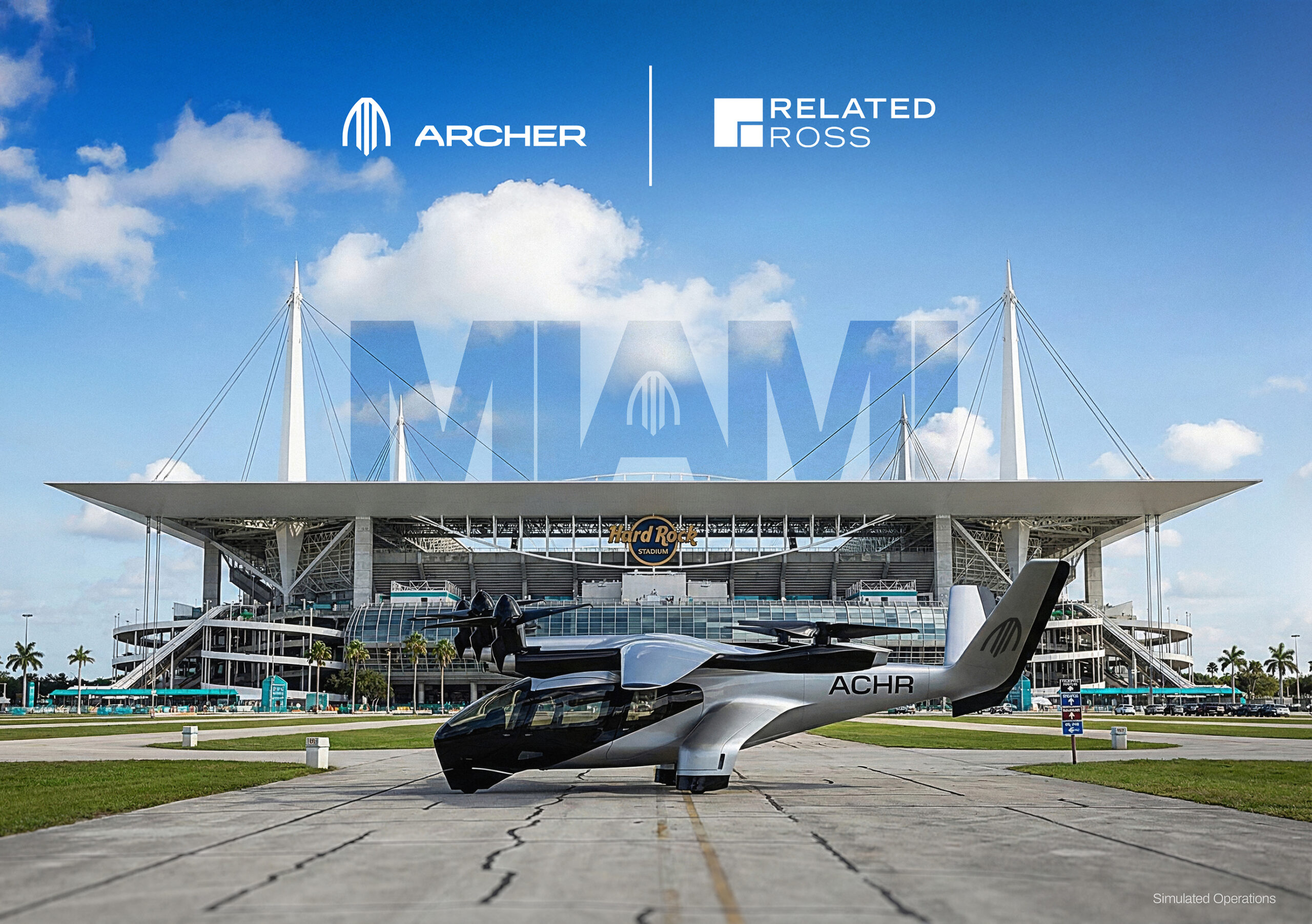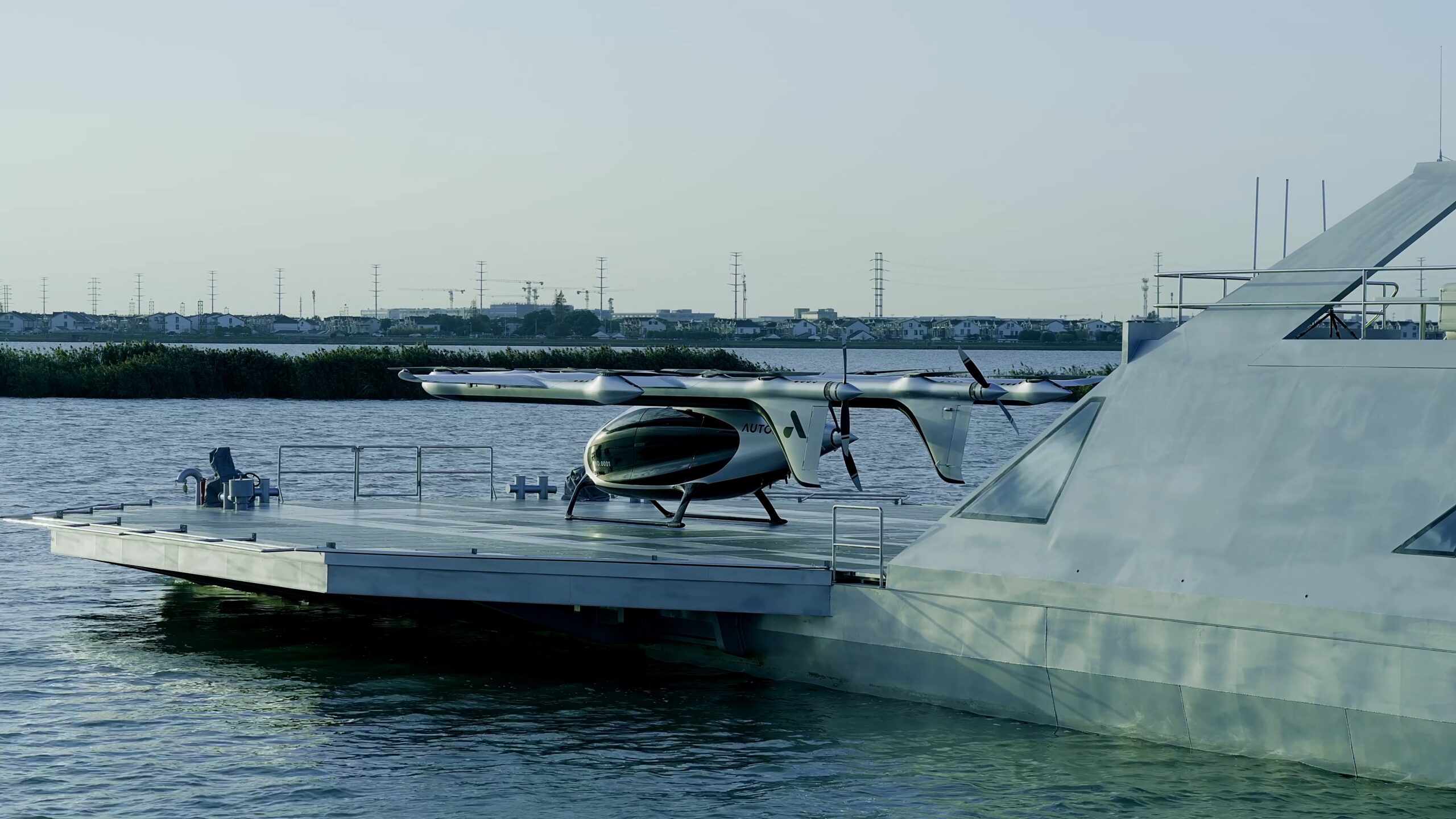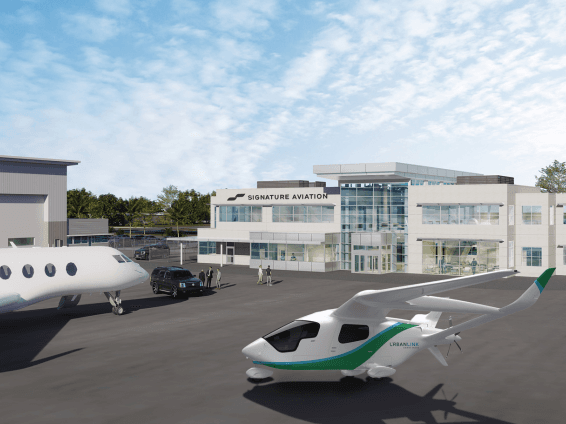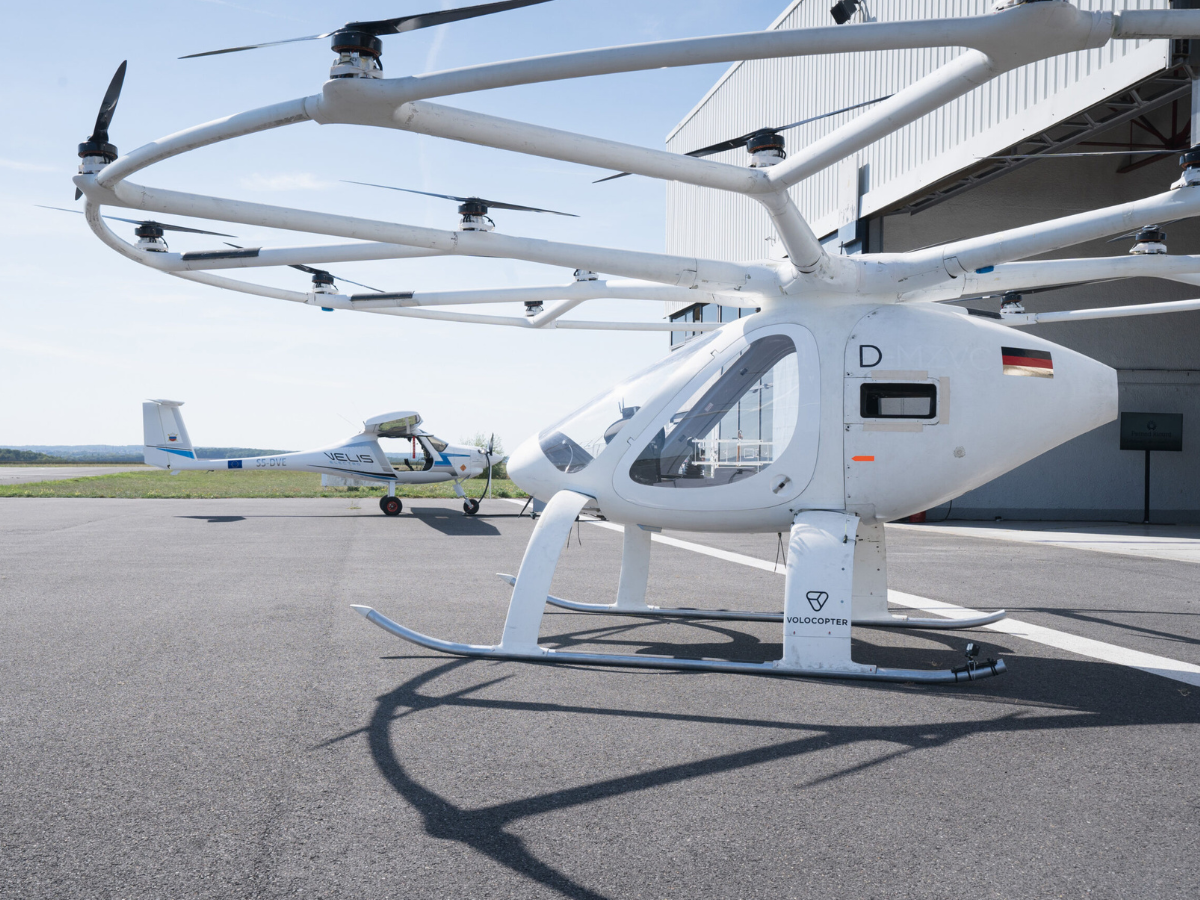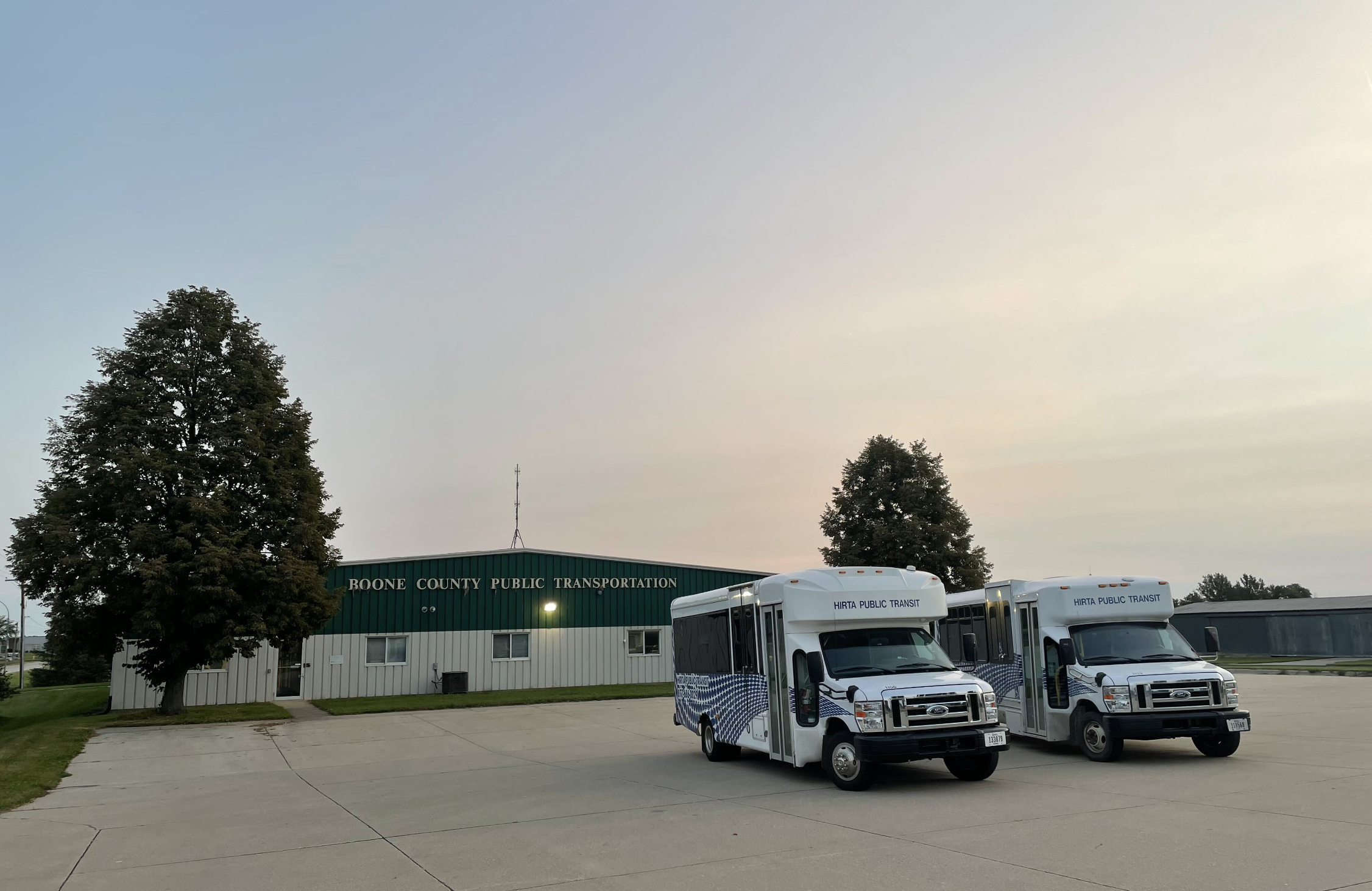The Federal Aviation Administration (FAA) has released new design guidelines for vertiport infrastructure to support advanced air mobility (AAM) aircraft.
These design standards provide key information to enable airport owners, operators and infrastructure developers to begin constructing infrastructure for electrically-powered vertical take-off and land (eVTOL) aircraft.
Some of the use cases for these vehicles could be to transport passengers or cargo at lower altitudes in rural, urban and suburban areas.
Associate Administrator for Airports Shannetta Griffin said:Our country is stepping into a new era of aviation. These vertiport design standards provide the foundation needed to begin safely building infrastructure in this new era.
The design standards include initial information that designers and builders should follow to prioritise safe take-offs and landings.
For example, the FAA has provided safety-critical geometry and design elements, such as dimensions for vertiport touchdown and liftoff areas and the requirements for additional airspace for approach and departure paths.
In addition, the guidelines provide standards for lighting, markings and visual aids. To identify the facility as a vertiport, the FAA recommends using the vertiport identification symbol.
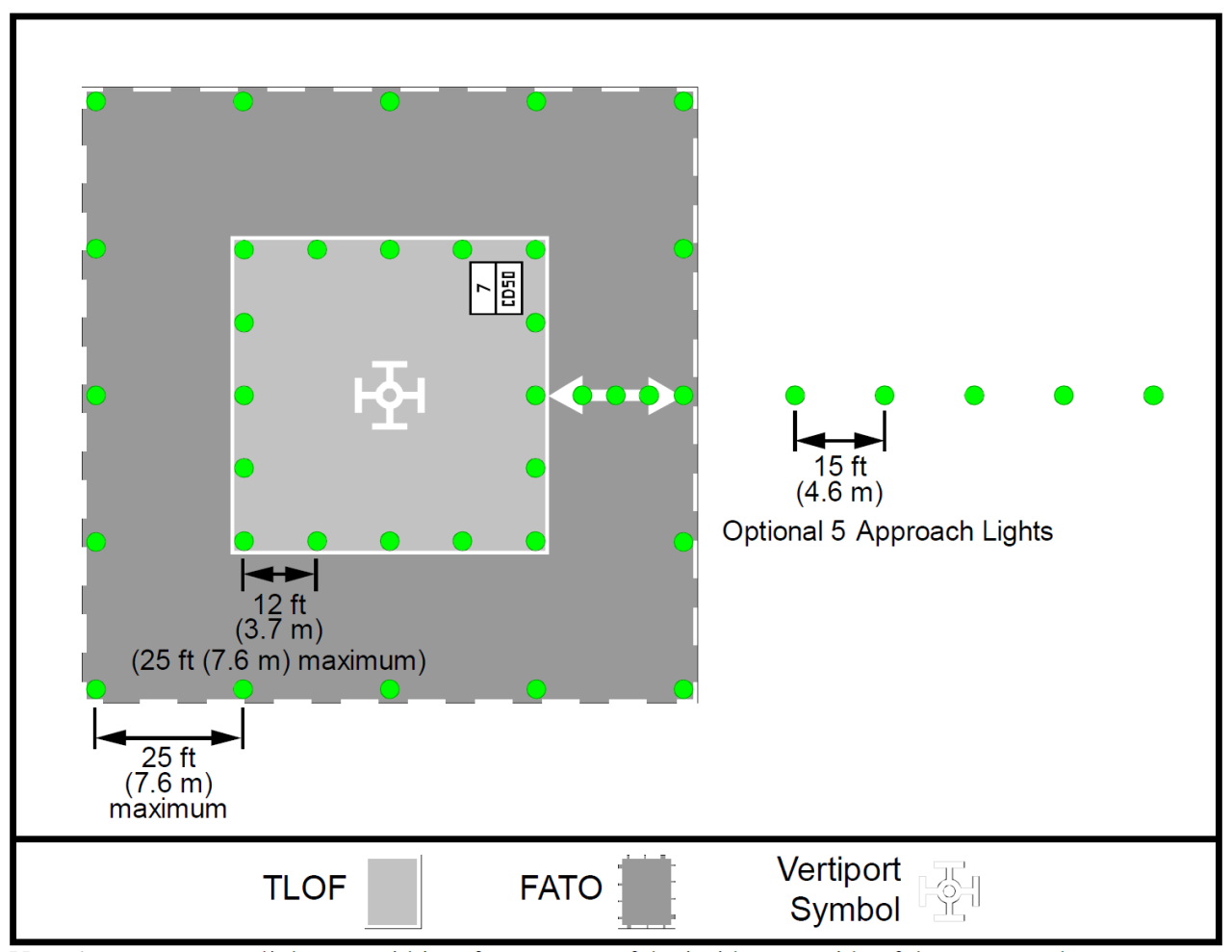
Initial safety standards have also been established for charging and electric infrastructure that will be key to support the electrically-powered aircraft.
Furthermore, the guidelines provide specific requirements for different types of vertiports. This includes standards for airports looking to add vertiports to an existing commercial airport – for example, the distance a vertiport would have to be from a current runway.
In addition, it provides requirements and guidelines for elevated vertiports that may be placed on top of existing structures in urban environments.
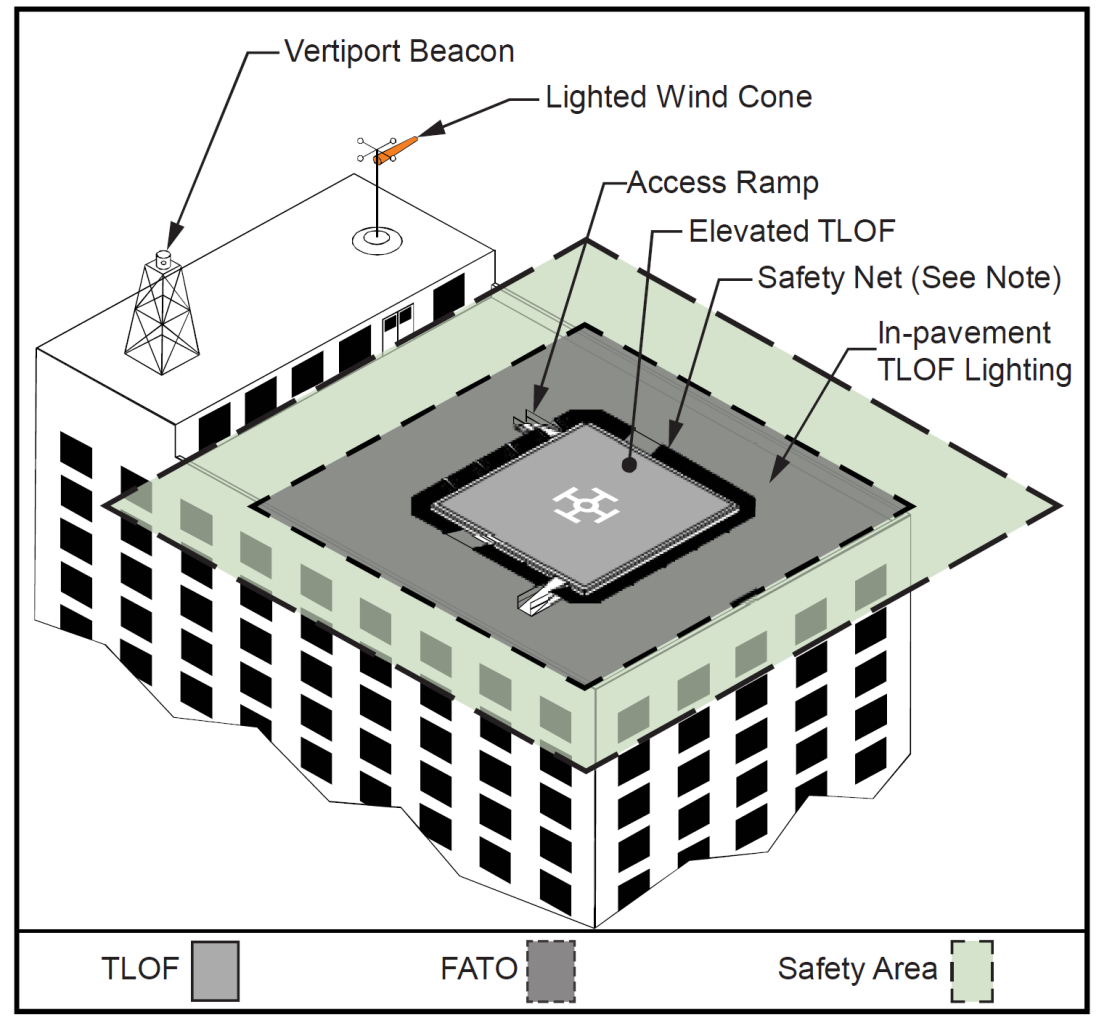
This vertiport guidance will be used until performance-based vertiport design guidance can be developed.
The full guidelines can be viewed, here.



